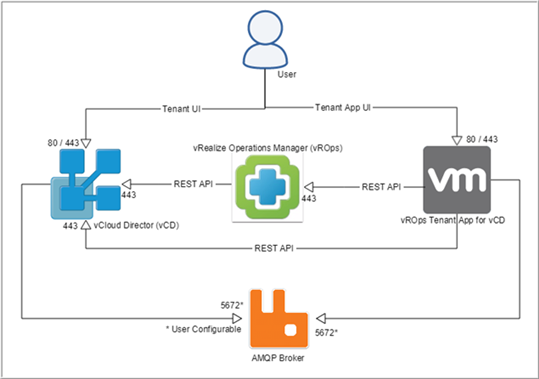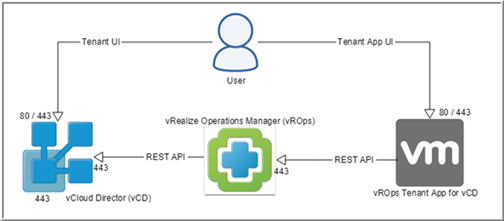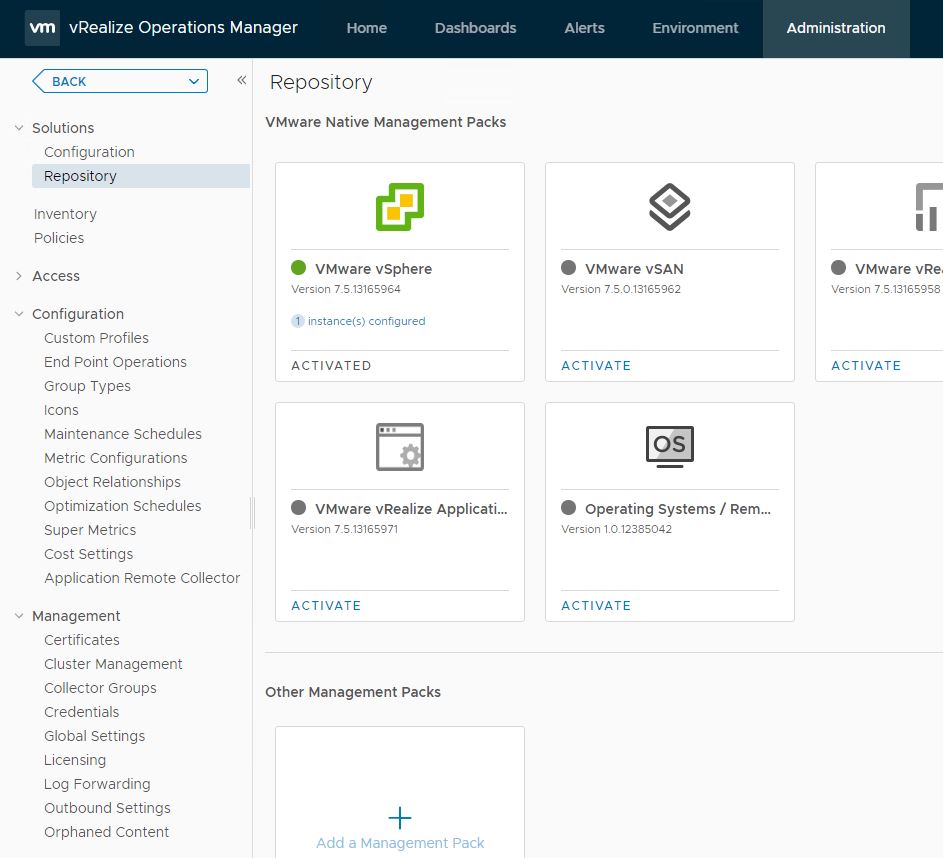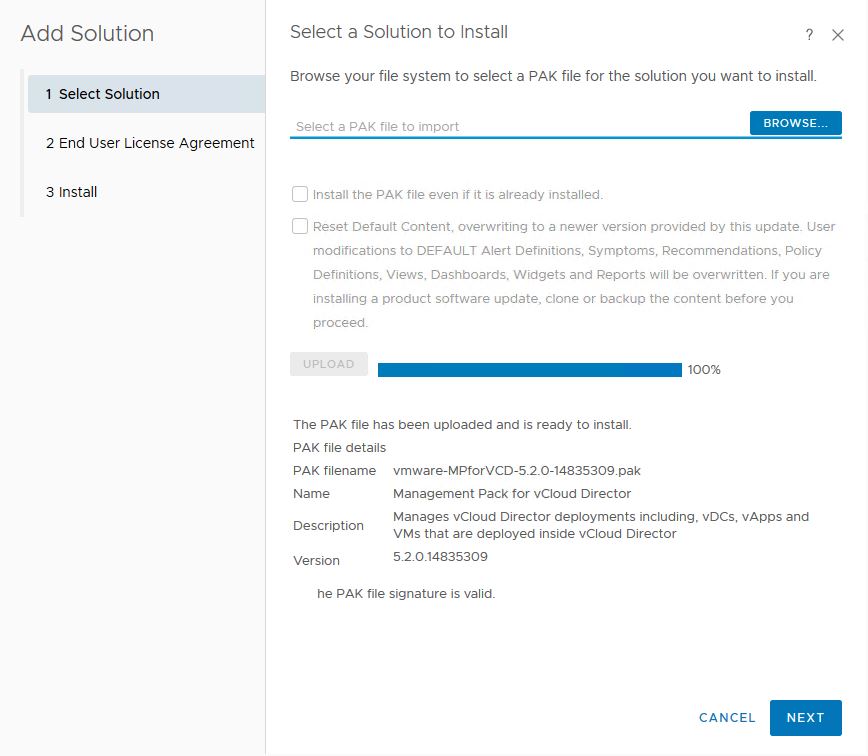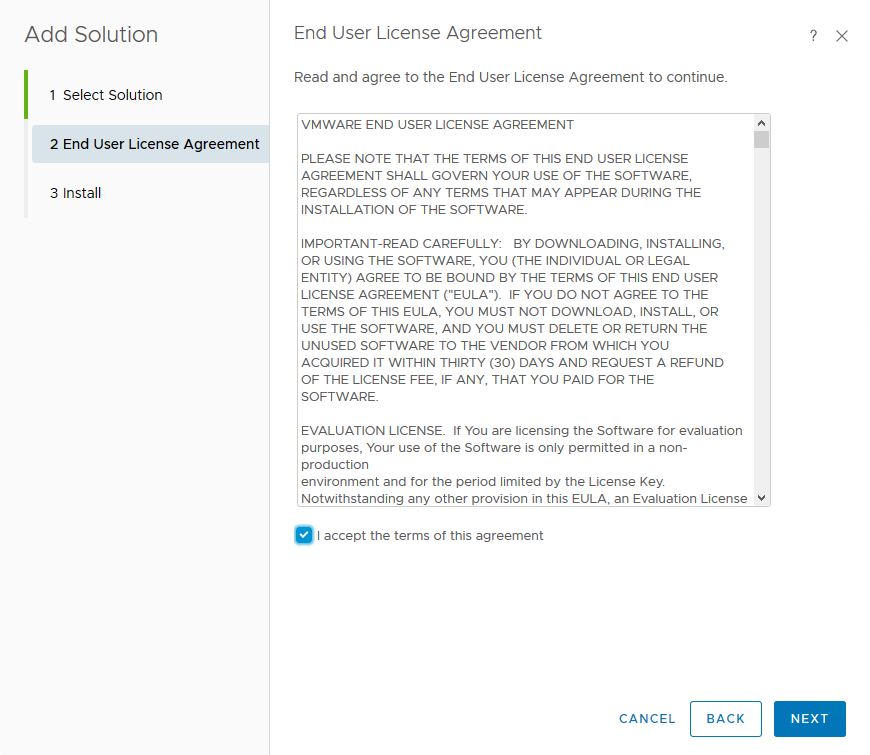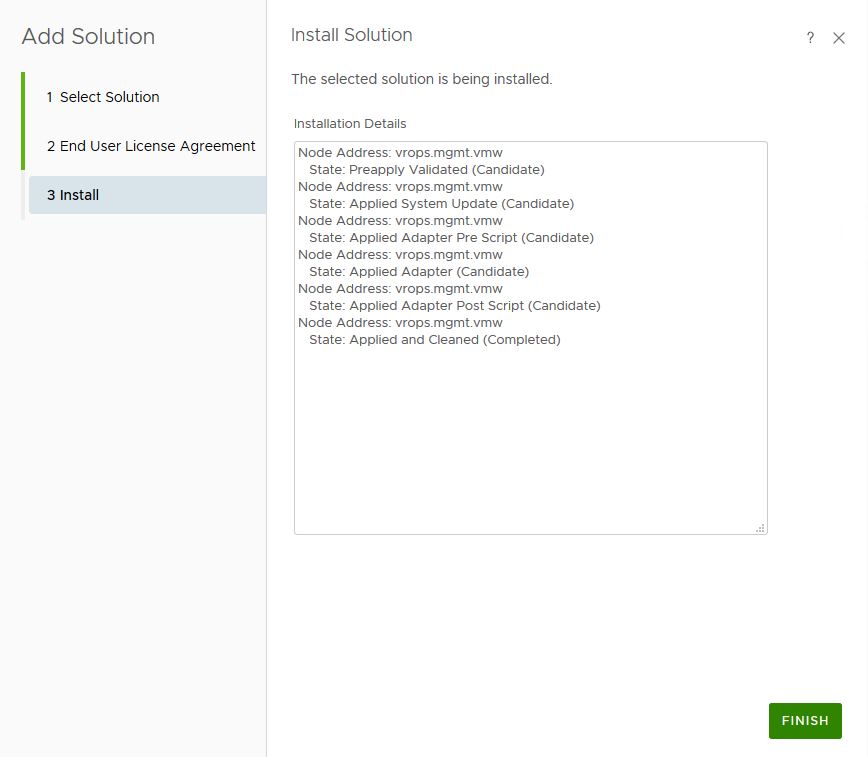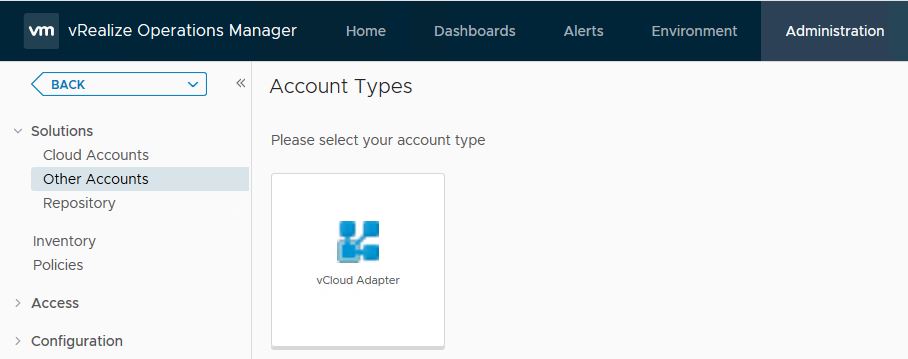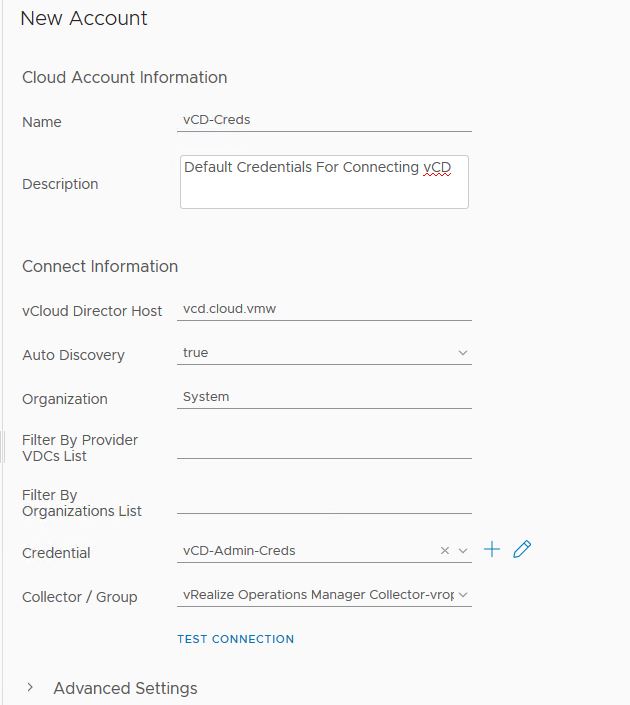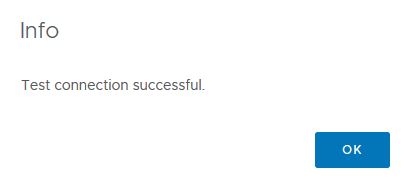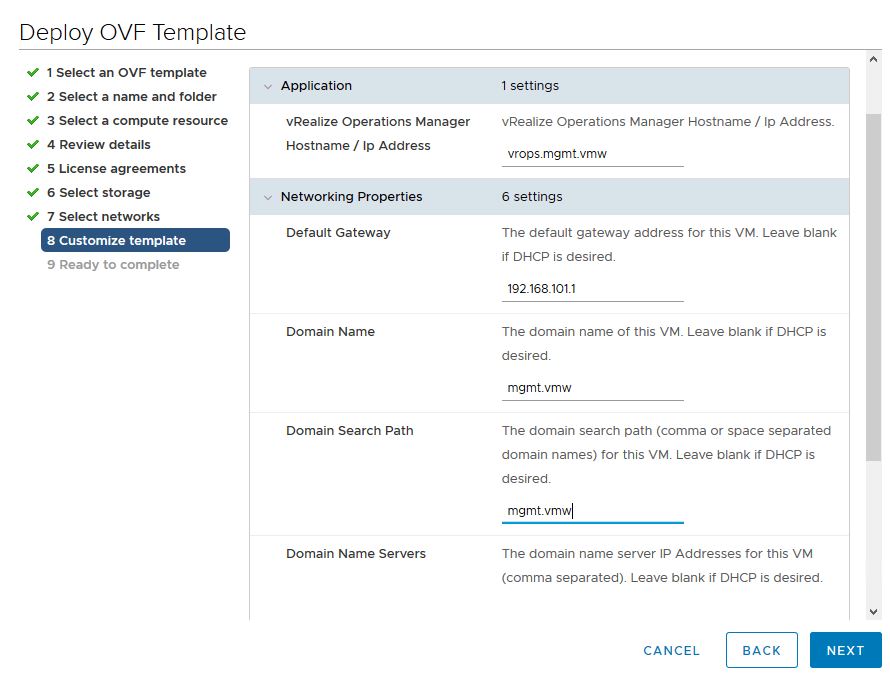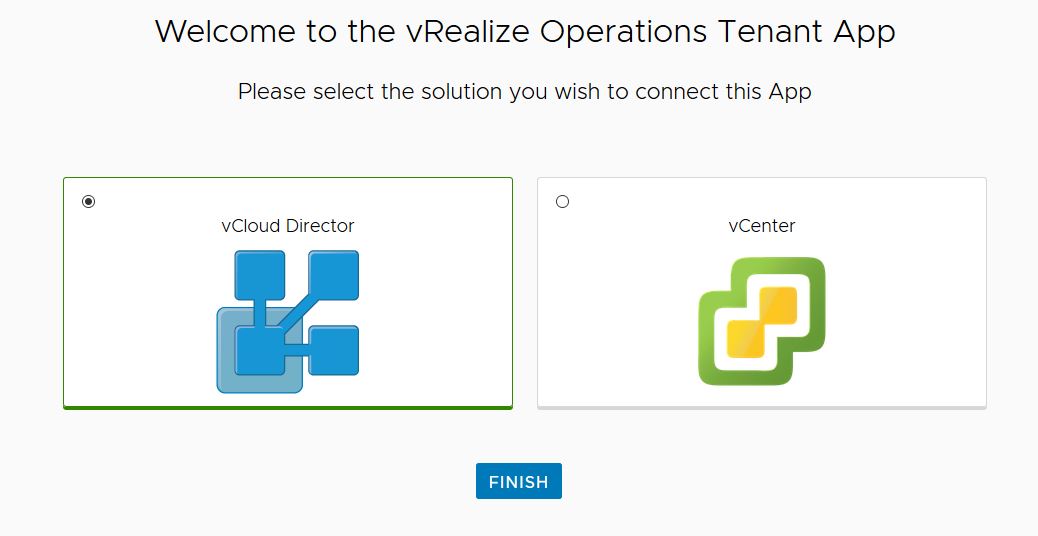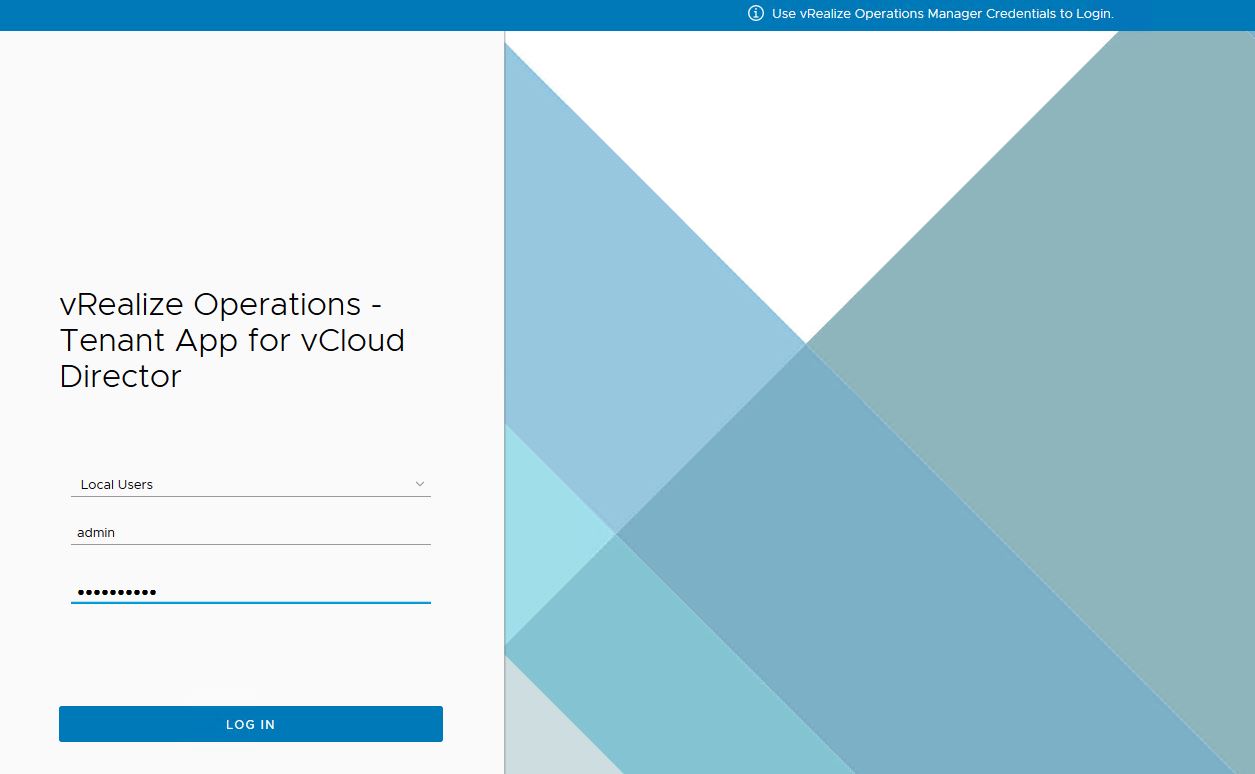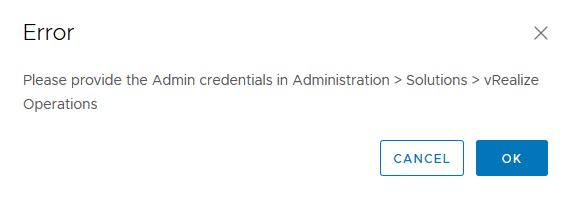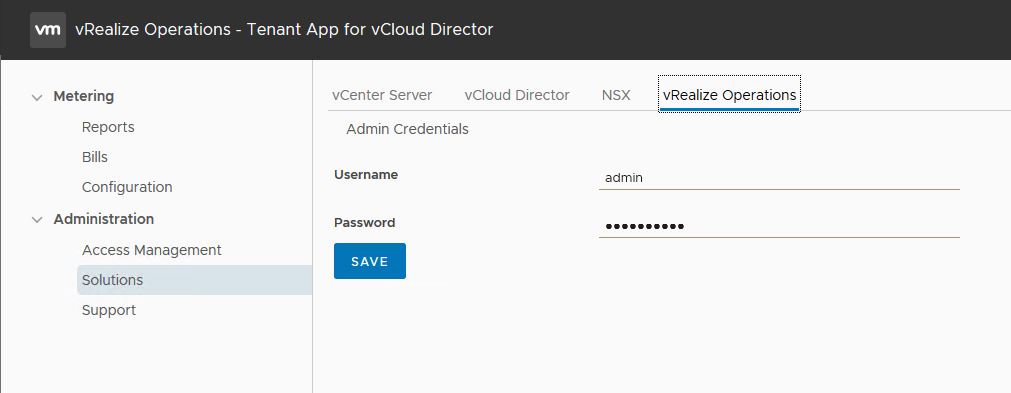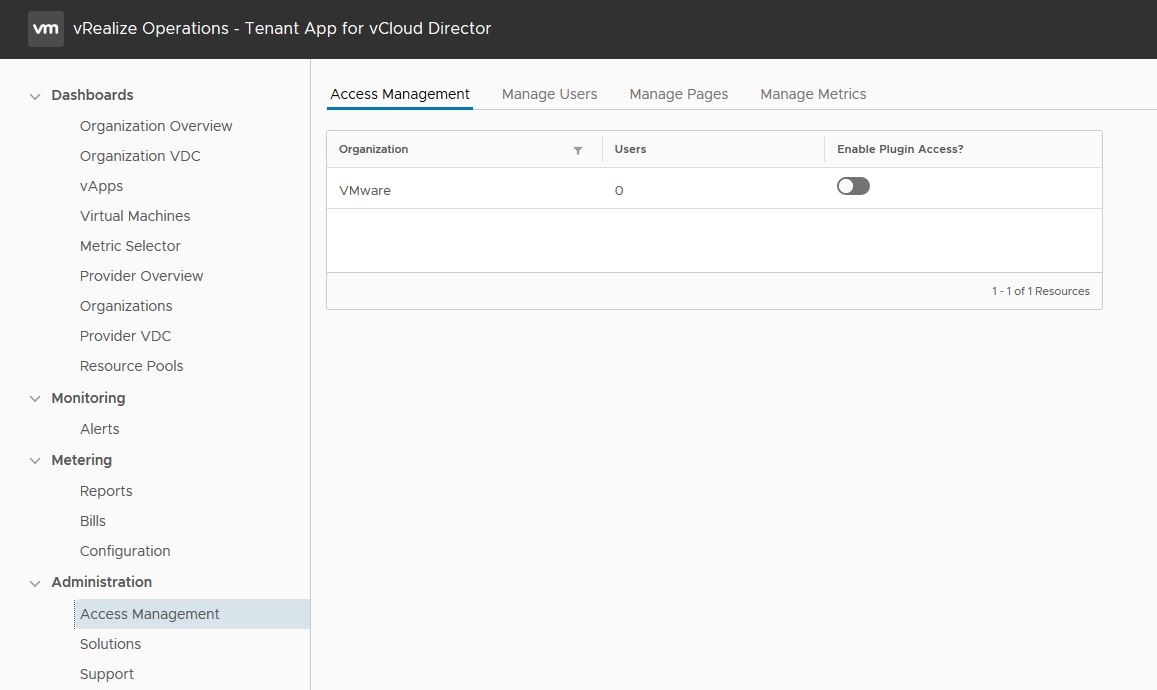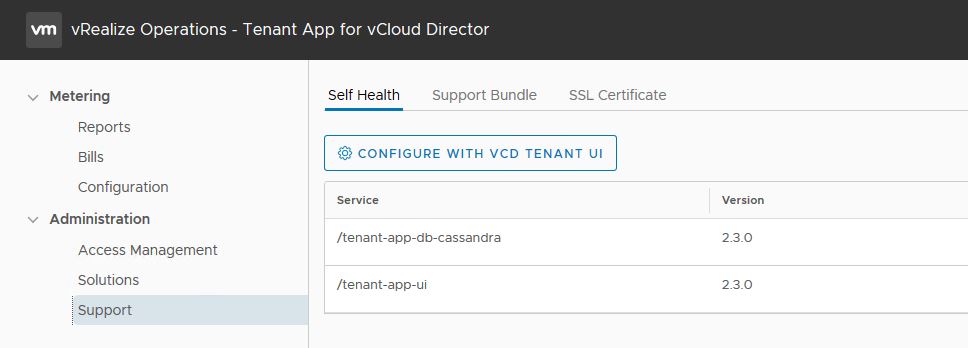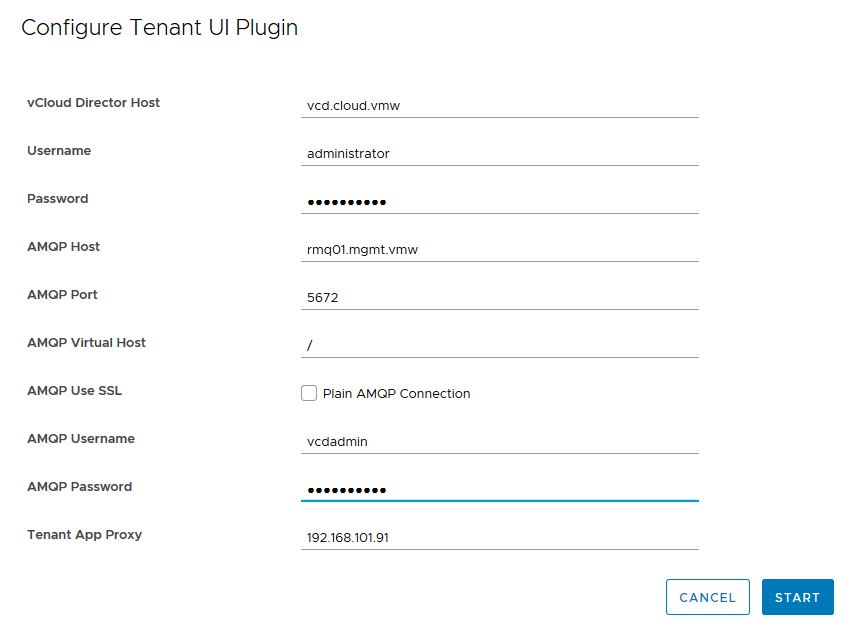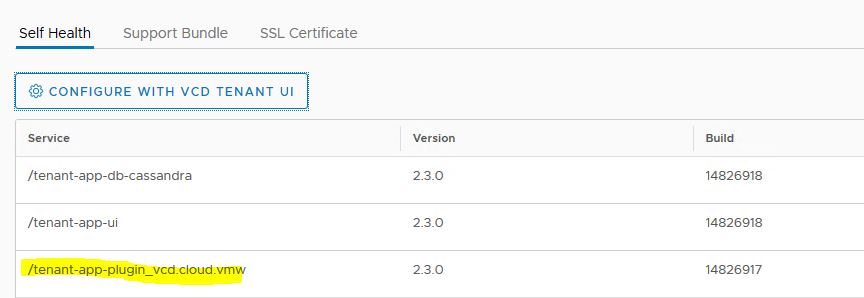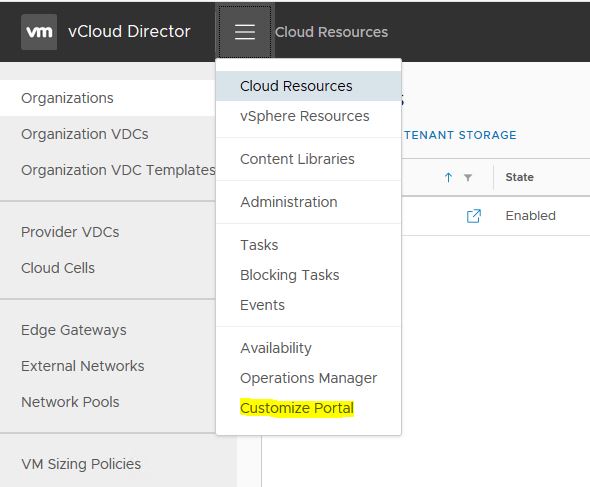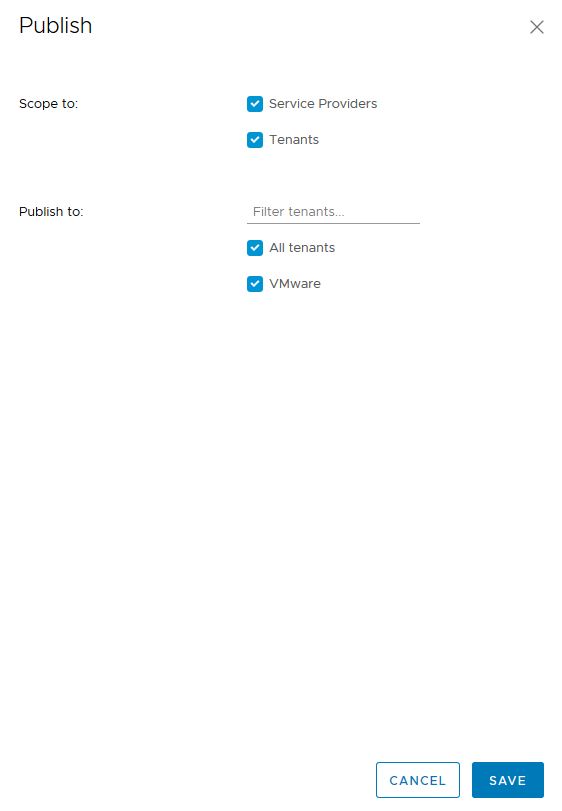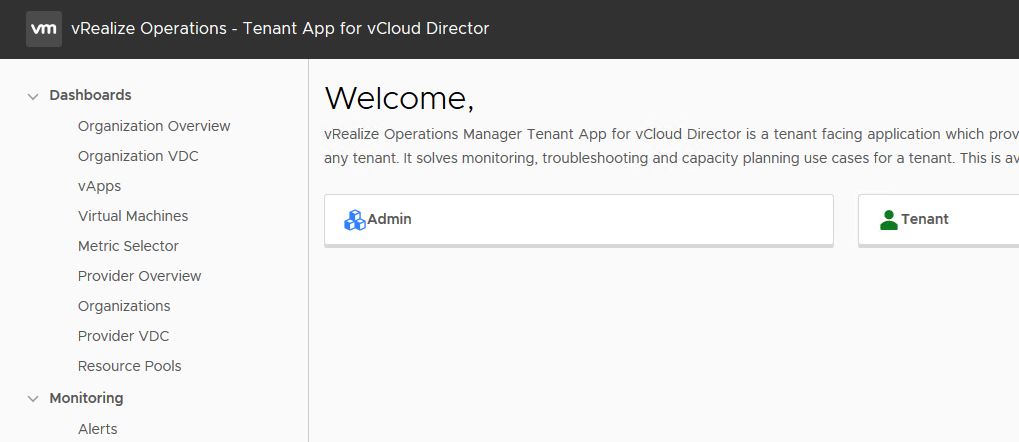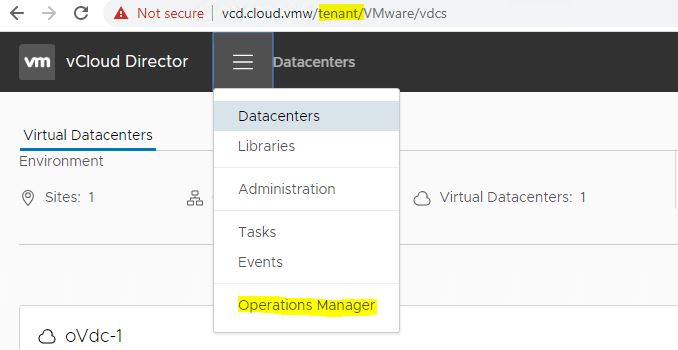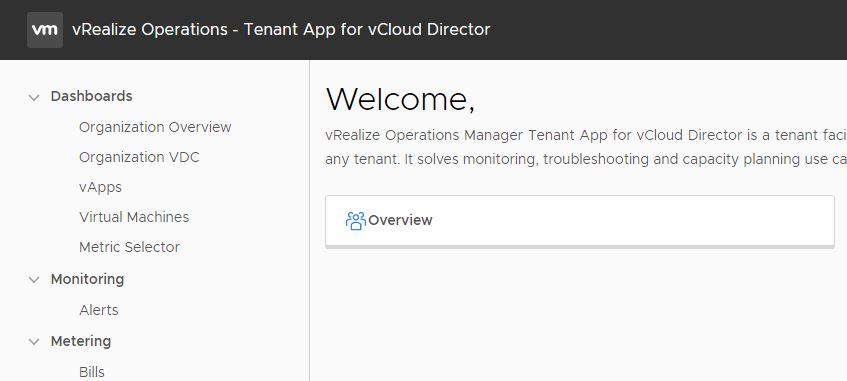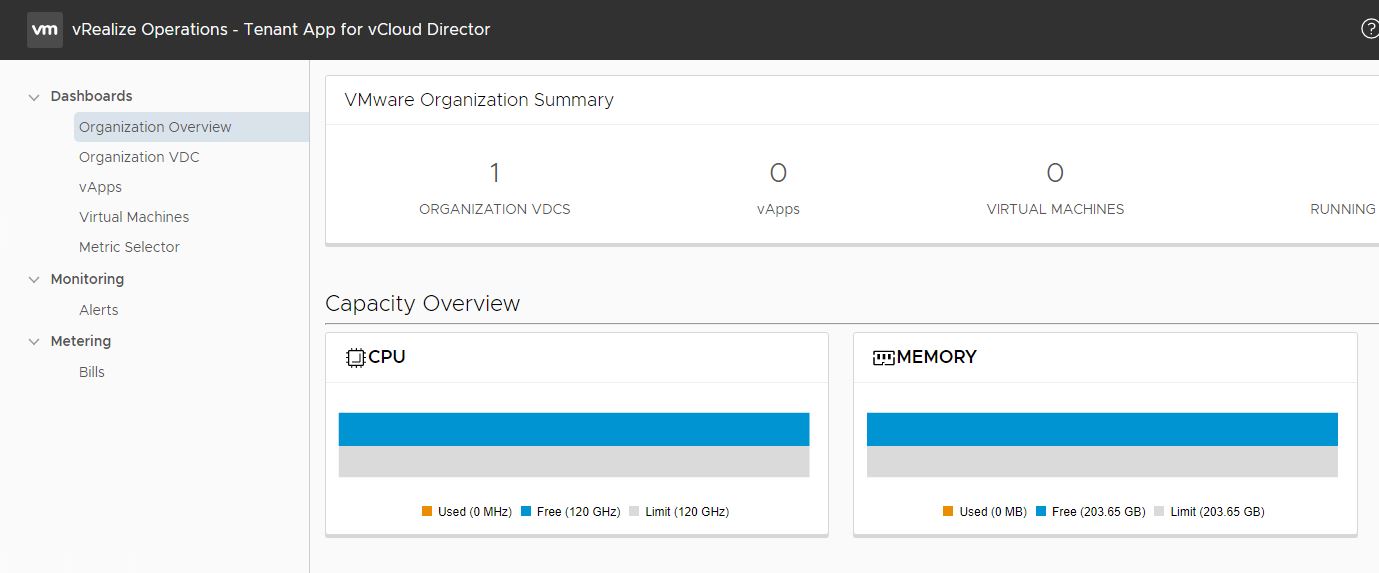In this post, I will walk through step by step installation for the vRealize Operations Manager Tenant App for vCloud Director. But before I jump into the lab, I want to take a moment to explain what this solution is all about and what it looks like from an architectural point of view.
What is vROPs Tenant App for vCloud Director?
vROPs Tenant App is a solution that helps in exposing vRops performance metrics to tenants in a vCD environment. Each tenant can only see metrics data relevant to their organization.
From a service provider point of view, this is an awesome solution as Tenant App enables tenants to have complete visibility of performance metrics of their environment. If an environment is not performing as per expectations, tenants can leverage this solution to root cause analysis of performance issues and they can perform L1-L2 level of maintenance/troubleshooting tasks themselves without raising service tickets with service providers.
vRealize Operations Manager Tenant App Architecture
The below diagram taken from VMware official documentation shows a high-level overview of how Tenant App integrates and interacts with other VMware products like vROPs, vCenter, vCD, and NSX.
At a very high level, this is how Tenant App works:
- vROPs collects resources from vCenter, vCD, and NSX using their respective Management Pack plugins and stores that data n its own DB.
- Tenant App interacts with vROPs using APIs to collect resources and pricing information.
- A service provider performs configuration actions using the standalone Tenant App UI.
- All requests from Tenant App to vROPs are sent through Nginx Forward Proxy.
Tenant App Port Requirements
Tenant App can be deployed as a standalone app or can be integrated into vCD as a plug-in. Latter requires the external deployment of AMQP Broker (RabbitMQ).
Port requirements for integrating Tenant App in vCD as a plug-in.
Graphic thanks to vmware.com
Port requirements for deploying Tenant App as a standalone App.
It’s time to jump into the lab and see things in action.
vROPs Tenant App for vCD is available to download from the VMware Solution Exchange website. The current version of the Tenant App is 2.3.0 and can be downloaded from here
Installation Prerequisites for Tenant App
1: vCD infra up and running.
2: vROPs installed and configured.
3: External RabbitMQ deployed and configured in vCD (if you are planning to use Tenant App as a plugin in vCD). For installing RMQ for vCD you can refer to this article of mine.
4: Tenant App ova and vROPs Management Pack for vCD downloaded from solution exchange.
Installation & Configuration Steps for Tenant App
1: Install vROPs Management Pack for vCD: In my infrastructure, I have vCD 10.x and vROPs 8.0 installed and I am v5.2.0 of MP for vCD in vROPs.
To install the vCD management pack, login to vROPs as admin user and navigate to Administration > Repository, and click on the + button under ‘Other Management Packs’
Browse to the location where MP for vCD is downloaded and click on the Upload button.
Accept EULA and hit Next.
Hit finish to complete the management pack installation wizard.
Next is to add vCD credentials in vROPS. To do so navigate to Administration > Solutions > Other Accounts and click on Add Account.
Select vCloud Adapter and hit Next.
Provide details of your vCD infra and make sure the Test connection succeeds.
Once vCD Management Pack is configured, deploy the Tenant App ova. I am not covering the steps of ova deployment as it is pretty straightforward.
On customize template page, make sure you punch the correct IP Address/FQDN of your vROPs appliance.
Note: I messed up deployment for the first time by entering the FQDN of the Tenant App in this section.
Once Tenant App is deployed and boots up, connect to the appliance by typing https://<tenant-app-fqdn>/
You will be greeted with a page asking the type of solution with which you want to integrate the Tenant App. Select vCD and hit finish.
You will be redirected to the login page. Login to Tenant App using vROPs admin credentials.
As soon as you login you will get a pop-up to configure vROPs admin credentials in Tenant App. Hit OK to continue.
To configure vROPs credentials navigate to Administration > Solutions > vRealize Operations and enter vROPs credentials and hit save.
The UI Integration Plugin can now be enabled or disabled at the Tenant level. This is done by navigating to Administration > Access Management and toggling the “Enable Plugin Access” button.
Next is to configure Tenant App as a plugin in vCD. This is configured under Administration > Support > Self Health by clicking on “Configure With VCD Tenant UI”
Provide details of vCD host and RabbitMQ. Tenant App proxy is nothing but the IP address of Tenant App itself. Click on the Start button post entering relevant details.
Note: If you have multi-cell vCD deployment behind a load balancer, use load balancer fqdn for the vCD host.
Now Tenant App is integrated with vCD as a plugin.
Login to vCD with provider credentials and select customize Portal from Menu.
Select “Operations Plugin” and click on Publish.
Select the scope for publishing and click on the save button.
Once the Tenant App appliance is fully configured, you can view Tenant specific metrics by navigating to Home > Tenant.
As of now I only have a single tenant with no VM’s in vCD, that’s why there is not much info in the dashboard. In your production environment, you will see a lot more metrics data here.
Now login to vCD using tenant credentials and from the main menu select Operations Manager.
You will be redirected to a new tab where you will see a tenant app dashboard specific to your organization.
Click on the overview button to see metrics data related to your organizations.
And that’s it for this post. In the next post, we will earn about creating Pricing Policies and billing, etc.
I hope you enjoyed reading this post. Feel free to share this on social media if it is worth sharing


